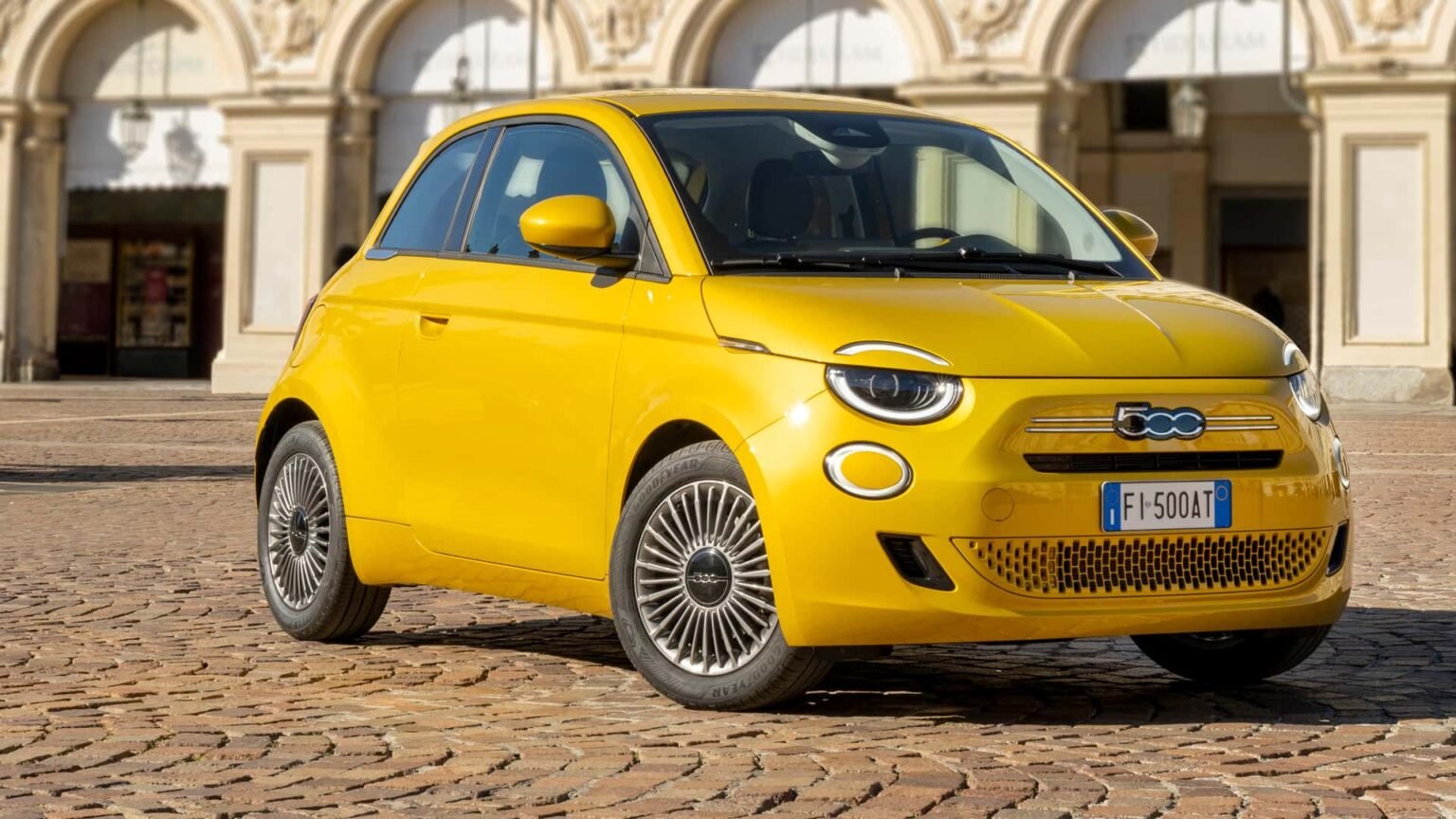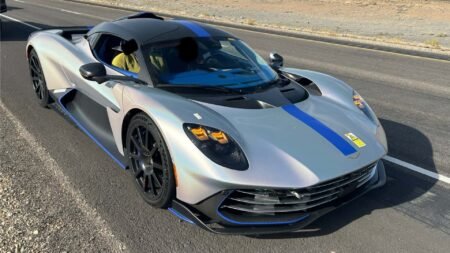As with many other automakers, Fiat vastly overestimated the rise of electric vehicles. The current-generation 500 was never meant to offer a combustion engine, yet here we are. After a preview earlier this year, the city car is officially back with gas power, though not much of it. With only 65 hp from a turbocharged three-cylinder, it’s certainly not going to win any races.
Indeed, the tiny 1.0-liter mill makes the Fiat 500 one of the slowest-accelerating cars sold in Europe. The hatchback needs a painfully slow 16.2 seconds to reach 62 mph (100 km/h), while the slightly heavier convertible stretches that to a leisurely 17.3 seconds. Then again, this isn’t the type of car built to chase Nürburgring records.
The Fiat 500 has always been largely confined to city use, so prospective buyers aren’t particularly concerned with 0-62 mph times. The same goes for its modest top speeds: 96 mph (155 km/h) for the hatchback and 93 mph (150 km/h) for the convertible. At what point a car becomes dangerously slow is up for debate, but given that the urban jungle is its natural environment, it should be perfectly adequate for stop-and-go traffic.
As for the remaining technical specs, the three-cylinder sends 68 pound-feet (92 Newton-meters) of torque to the front wheels through a six-speed manual gearbox. In its lightest setup, the Fiat 500 Hybrid (a mild-hybrid, despite the name) weighs 2,325 pounds (1,055 kilograms) as a hatchback, while the heaviest convertible tips the scales at 2,429 lbs (1,102 kg).
Photo by: Fiat
While some may lament the lack of power, the absence of an automatic transmission is also notable. It would’ve made perfect sense for a city car, but Fiat points you toward the 500e if you don’t want to bother with shifting. Like the EV, the new gas-powered model also offers the quirky 3+1 layout, featuring an asymmetrical setup with a tiny Mazda RX-8-style rear-hinged door on the passenger side. It improves rear-seat access without altering the car’s footprint.
The return of the gas-powered 500 is another example of the industry overplaying the EV card. Toyota, by contrast, kept investing in the A-segment with the slightly larger Aygo X, the first hybrid in this class in Europe. It’s significantly more powerful and quicker, with 114 hp and a sub-10-second sprint, despite weighing about the same. In Italy, the Aygo X starts at €15,950, undercutting the 500 by roughly €1,000. While it may not be as convincing on paper, the Fiat undeniably has more flair.
Fiat once planned to go fully electric by 2027, but that’s clearly no longer the case. The new gas-engined 500 shows that ICE isn’t going away anytime soon. However, if the European Union follows through, this model will be outlawed from 2035 as part of the planned ban on new combustion-engine car sales. The EU will review the legislation next month, so nothing is final yet.

78
Source: Fiat
Read the full article here














